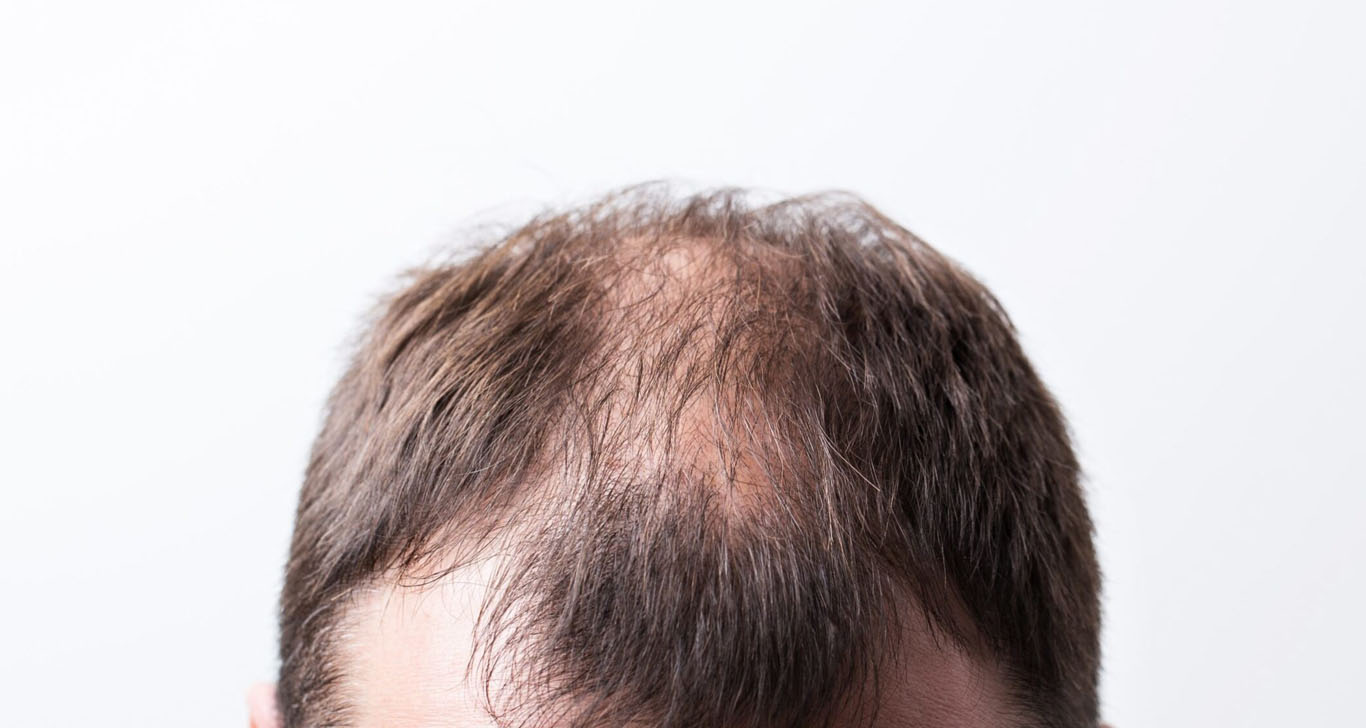DHI Hair Transplant
Whether you’re a man or a woman, when you realize that your “baldness and thinning hair” problems or using any hair extension product can’t help your hair look thicker and more natural as before, you may want to find a permanent solution. This permanent solution is hair transplantation. Although hair transplantation techniques are different, it is important that you examine all the options well and be informed.
What is DHI?
DHI is a FUE hair transplant method that includes the excision of grafts from the back of the scalp, called the donor area, but the main difference is the way the hair is transplanted. In a FUE hair transplant, the hair transplant surgeon makes incisions across the entire scalp and inserts the follicular units into these incisions using forceps. However, the DHI hair transplant technique can be transplanted to the scalp one by one, without the need for any incisions, using special tools called DHI Implanter.
Advantages of DHI Hair Transplant
No Scar
DHI hair transplant does not require any incision, that is, it does not create a linear scar as in FUT hair transplantation, and it does not cause small round scars in the areas where the hair is taken, especially at the extraction points. They are very close to each other as in the FUE process. However, with a DHI treatment, the hair extracts are well dispersed and therefore no scarring. With the special DHI Implanter with 0.6-0.8 mm tip, the wounds are very small and heal quickly. There is no need for a recovery period and in some cases, the patient can return to their normal routine within the same day.
Consistent Results
In hair transplantation using DHI technique, a special tool called DHI Implanter is used to place and transplant each hair one by one to the scalp. This tool can also control the depth, angle and direction of the transplanted hair follicles so that your new hair grows out like your natural hair. This method provides more accurate and thicker results than the traditional FUE technique in hair transplantation.
Highest Graft Quality
DHI hair transplant is a very safe procedure. While there is 90% hair survival, the complication risk of the procedure is very low. Compared to other hair transplantation methods, DHI hair transplantation method is one step ahead in terms of both the success rate of the procedure and its technique.
DHI Is A Very Clean Process
A 3,000 graft FUT hair transplant usually takes about 4-6 hours, a FUE hair transplant 6-8 hours. Although the DHI hair transplant method takes a little longer than these two techniques, the treatment process can be planned with short sessions. If you want to complete the entire DHI hair transplant procedure in a single day, it may take 8-10 hours.
DHI Procedure
The surgeon will cut or shave the hair on the back of the head, called the Donor Area, an area unaffected by DHT hormones to facilitate graft removal. The surgeon will then inject it into your scalp with a long-acting local anesthetic. You will be conscious throughout the hair transplant process, but you will not feel any pain.
After the local anesthesia is activated, the surgeon will use a special DHI Implanter with a small tip of 0.6-0.8 mm to carefully remove the hair follicles without affecting or damaging the hair follicles and the surrounding hair follicles.
The strip is carefully cut, cut and divided into follicular units (grafts) by the hair transplant team. Each unit contains a different number of hair shafts and is carefully prepared for transplantation. We keep the collected hair grafts in a special solution to increase them.
The grafts cut for the hair transplantation process are placed in the DHI Implanter and placed and implanted in the desired area (without prior incision as in the FUE technique) without affecting the skin area several times. In addition, by controlling the direction and degree of the transplanted hair follicles, it can give you more natural results compared to the traditional FUE technique.
After hair transplantation, the surgeon should cover the wounds and wear a hat on the patient’s head on the first day and visit the clinic for wound dressing the next day to protect and protect the transplanted grafts from impacts. The doctor will schedule follow-up visits periodically during the first year.
Who Are Good Candidates for DHI?
People who have baldness problems due to hair loss, who still have enough hair to be transplanted into problem areas in the occipital region.
People who do not respond favorably to medical treatments for hair loss.
People suffering from hair loss due to trauma such as burns or lacerations. This hair transplant technique also helps to hide scars on the head.
People who have had hair transplantation with the FUE technique before, but still have hair loss problems.
If you want to solve your problems, you can visit our clinic to get advice and initial evaluation by a doctor to find the appropriate solution and method for each individual’s problems.

